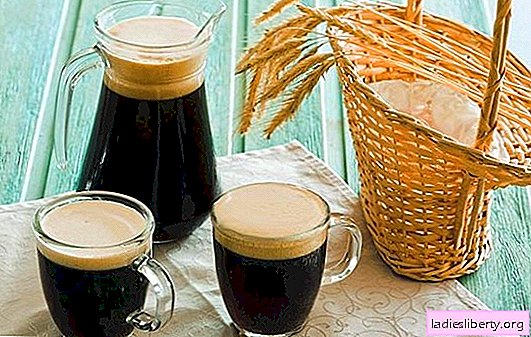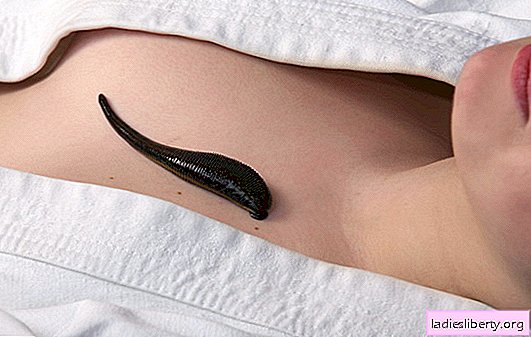
Quinoa - General Description
Quinoa belongs to the annual herbaceous plants of the haze family, reaches a height of one meter. The leaves of the quinoa are rather large, at the bottom triangular and wide, and at the top a little elongated, solid, unevenly serrated at the edges, have a characteristic powdery coating. Nondescript small flowers are often collected in loose panicle inflorescences or false ears. Quinoa blooms, usually from mid-summer to early fall.
Quinoa - types and places of growth
The genus includes about 100 species scattered throughout the Earth. Economically significant species are very rare in the USA and Australia, and the rest are ranked as weeds.
People used to say: "Quinoa is a misfortune for crops." And in fact, the nasty weed is an integral companion of fields with planted crops, orchards and orchards, vineyards, vacant lots, forests, etc. In other words, quinoa grows everywhere where it is not laziness, sometimes forming impenetrable thickets. It does not grow, perhaps, only high in the mountains and at the poles.
In Russia, there are just over 20 species of quinoa. The most common are:
- spear-shaped quinoa;
- glossy quinoa;
- spreading quinoa;
- quinoa, seeded;
- Tatar quinoa.
Garden quinoa is grown as an ornamental plant. The unusual red color of the leaves in addition with beautiful spreading panicles of the same color creates the image of some exoticism on your lawn or in the living room.
Quinoa - healing properties
In ancient times, quinoa was used for food purposes, and in the famine, porridge was cooked from seeds, tasting like buckwheat, and added to bread flour. The healing power of the "ubiquitous" plants among the people has long been noticed. Indeed, in crisis situations, its leaves and seeds were often used to prepare various dishes, and noticed one pattern: quinoa relieves pain, is a diuretic and choleretic.
It has been widely used to relieve cramping, pain (internal use and compresses based on juice, decoctions), and treatment of gastrointestinal and inflammatory diseases. In addition, the plant has a beneficial effect on the functioning of the liver and gall bladder, has mucolytic properties, relieves swelling and has a sedative effect. The pectins and fiber contained in it remove toxins, and quinoa seeds have become an excellent way to eliminate constipation. This is how annoying weed has become an integral part of a home medicine cabinet.
Quinoa - dosage forms
For squeezing juice, preparing decoctions and infusions, both fresh above-ground part of the plant and dry (except juice) are used. In the summer, of course, it is preferable to use the fresh power of the quinoa. Fortunately, there is no need to go far - the medicine is growing almost at hand. Well, for the winter, the grass collected in the flowering phase can be dried in a ventilated airspace under awnings. The shelf life of the finished extract is one year.
Quinoa - recipes of traditional medicine
Infusion to eliminate colic, dry cough, nervous irritability and hysteria: pour a table into a glass of boiling water. spoonful of chopped quinoa leaves, insist a couple of hours under the lid, then strain and take 2-3 sips of 3 r. in a day. For best results, add a spoonful of honey. This infusion is a good medicine for the treatment of chronic bronchitis, jaundice, gout and hemorrhoids. A more concentrated broth is used for irrigation and rinsing the throat, mouth with stomatitis, and also compresses the affected and itchy places.
Decoction for douching with thrush: four tables. tablespoons of chopped grass add to a glass (200 ml) of boiling water, simmer on a weak stove for another 15 minutes, then squeeze the raw materials, dilute the cooked broth with a liter of boiled water and use for douching. Internally, it is taken to treat gout half a cup 2-4 times a day until the condition is relieved.
The steamed grass of the quinoa is used as a compress to eliminate arthritic pain, and tea from the leaves is drunk as a sedative and muscle-relaxing remedy.
Quinoa - contraindications
Since quinoa contains oxalic acid in its composition and has a pronounced diuretic effect, its use can provoke an attack of urolithiasis.
Comments











